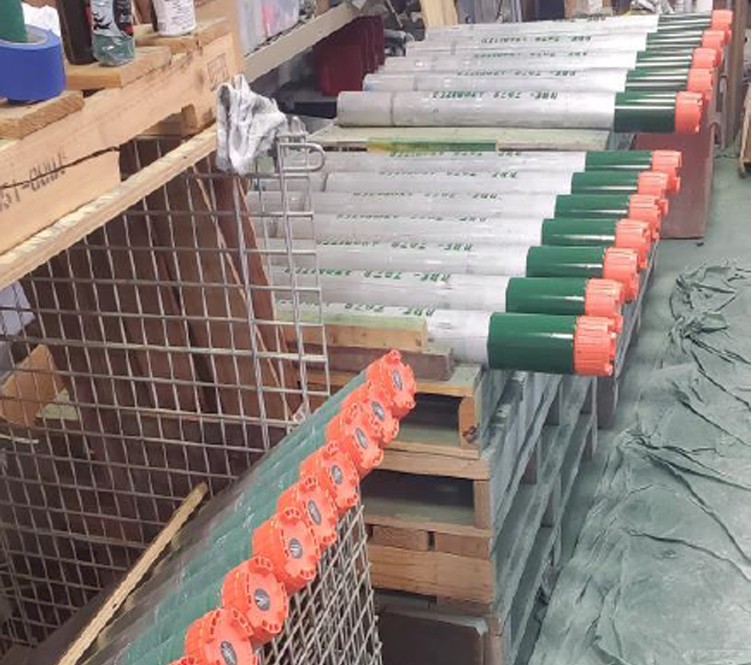Anodizer
-Available in 3″ OD and 3-1/2″ OD
All metals immersed in an electrolyte (sea water for example) produce an electrical voltage. When two dissimilar metals are in contact (electrically connected) they produce a galvanic cell (like a battery), with the less noble metal (a bronze propeller for example) forming the Anode and the more noble metal (stainless steel shaft) forming the cathode. Aluminum anode alloy provides more protection and lasts longer than zinc. It will continue to work in freshwater and is safe for use in salt water. Aluminum is the only Anode that is safe for all applications. If you want to protect both metals, you need to connect a third metal that is more active than the first two. The most active metal (zinc for example) becomes the anode to the others and sacrifices itself by corroding (giving up metal) to protect the cathode – hence the term sacrificial Anode.
